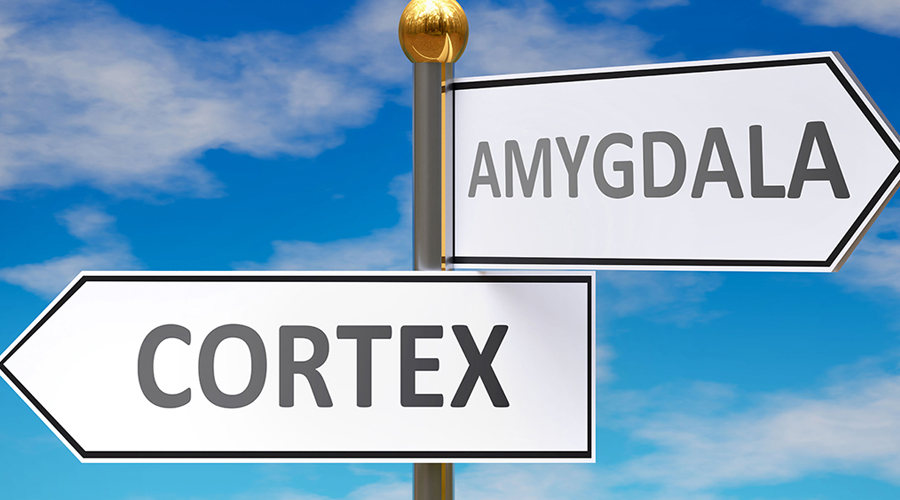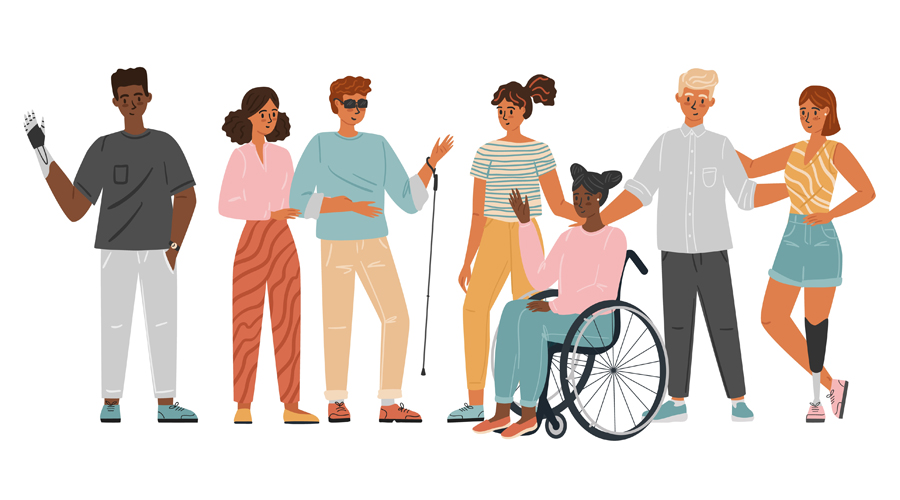Trauma: The Mind and Body Connection
By Dr. Kate Truitt

Trauma affects both the body and the brain, and these two cannot function without each other. In 2014, Bessel van der Kolk, a trauma researcher, wrote an insightful book entitled “The Body Keeps the Score” which delves into how the brain, body, and mind work together in the healing process of trauma.
The connection between emotional trauma and stress, and physical pain and discomfort such as migraines, gastrointestinal issues, and back pain, is a topic that is often brought up by patients and on my TikTok channel. The answer is that there is a scientific explanation for this connection. Our emotional and physical health are closely related and have a direct impact on each other. Our emotions and physiology are closely intertwined, and any changes in our body will affect our mind and vice versa. For example, when we feel nervous or anxious, it is not just a mental state, but it also causes physical symptoms such as butterflies in the chest, shallow breathing, and sweaty palms.
Similarly, during traumatic experiences, our body goes into a defensive state, and we experience physical responses such as tensing of muscles, tightening of the stomach, and an increase in heart rate. This is because the same area of the brain that processes emotional responses also processes physical responses.
This connection between emotions and physical health is also why certain medications, such as acetaminophen, can help relieve emotional pain, just as it does for physical pain. Studies have shown that acetaminophen reduces neural responses to social rejection in the same regions of the brain associated with distress caused by physical pain.
Similarly, during traumatic experiences, our body goes into a defensive state, and we experience physical responses such as tensing of muscles, tightening of the stomach, and an increase in heart rate. This is because the same area of the brain that processes emotional responses also processes physical responses. This connection between emotions and physical health is also why certain medications, such as acetaminophen, can help relieve emotional pain, just as it does for physical pain. Studies have shown that acetaminophen reduces neural responses to social rejection in the same regions of the brain associated with distress caused by physical pain.
Additionally, our brain can also bring on pain by just thinking about it, if it associates it with other times it was felt intensely. This is why certain triggers, such as a visual aura before a migraine, can bring on a migraine because the brain associates it with the previous experience of a migraine. In conclusion, treating the sensory experiences that bring on anxiety and result in physical symptoms is crucial in the healing journey from any kind of chronic illness, especially long COVID, where the brain is holding onto sensory data associated with the fear of the disease and can trigger physical symptoms.
Do not lose hope, as there are ways to alleviate fear and pain caused by trauma. Our brains have the ability to adapt and change the way they process sensory information through neuroplasticity. This means we can train our brains to not react to certain triggers, such as a migraine brought on by a visual aura. Just as our minds can create pain, they can also heal it. To learn more about how to achieve this, check out our Thriving Through Pain Playlist on YouTube, where you can find 20 videos with tools and exercises to help calm and heal the mind and body.















